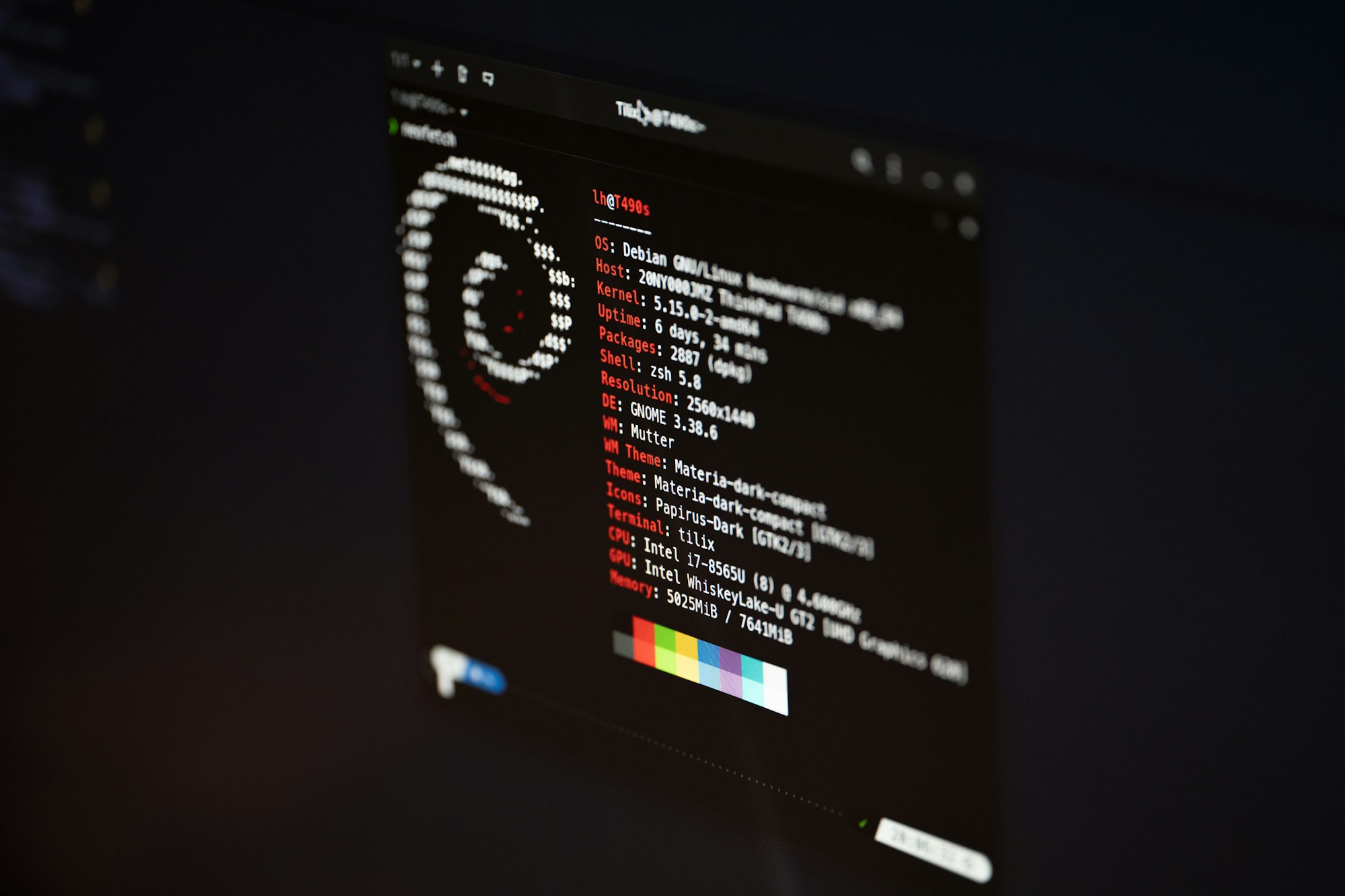So, you’ve successfully installed Debian 12 on your system. Congratulations! But wait, before you dive in, there are several essential things to do after installing Debian 12. While Debian is renowned for its robustness and reliability, fine-tuning your system post-installation can enhance your user experience and system performance. It can also ensure a safer, smoother, and more productive computing environment.
1. Update Your System
Straight off the bat, the first item on our list is to update your Debian system. It’s always a good idea to ensure you’re receiving all the latest bug fixes, security patches, and software enhancements. Use the command below:
sudo apt-get update && sudo apt-get upgrade -y2. Configure Your Timezone
Next, you’ll want to configure your system’s timezone to ensure your system’s clock is accurate. This can be done using the dpkg-reconfigure tzdata command as shown below:
sudo dpkg-reconfigure tzdata3. Install Necessary Software
Right after installing Debian, check for the must-have software that doesn’t come bundled with the installation. Software like media codecs, a decent web browser, and productivity software should be at the top of your list.
4. Debian Curl Install
Speaking of installing software, another crucial utility to install is curl. It is useful for transferring data and making requests on the Linux terminal. To perform a Debian curl install, run the following command:
sudo apt-get install curl5. Customize Your Desktop Environment
Now that you’ve got the basics covered, it’s time to personalize your desktop environment. No matter if you’re using Gnome, KDE, or XFCE, Debian 12 presents a wealth of options to tweak the look and feel of your desktop.
6. Set Up Firewall Rules
Next on our checklist is setting up firewall rules. Even though Linux is generally secure by design, it never hurts to add an extra layer of protection. You can use UFW (Uncomplicated Firewall) to manage firewall rules on your Debian 12 installation.
7. Install Snaps
Snaps are a modern way to build and distribute desktop applications on Linux. They provide a simpler method of managing packages and dependencies. To start using snaps, install snapd first:
sudo apt install snapd8. Install Software from Non-Free Repository
Some useful software packages such as firmware drivers do not comply with Debian’s free software guidelines and are placed in the non-free repository. To access these, you need to add the non-free repository to your sources.list file.
9. Enable Automatic Updates
To enjoy the benefits of continuous security patches and updates, consider enabling automatic updates on your Debian installation.
10. Install a Package Manager
Last but not least, consider installing a package manager if you don’t have one already. Package managers make it tremendously easier to install, update, and manage software on your system.
In conclusion, these are the top 10 most important things to do after installing Debian 12. With these adjustments, you’re setting yourself up for an enhanced user experience and a more secure and efficient Debian system. Enjoy your computing!

Leave a Reply